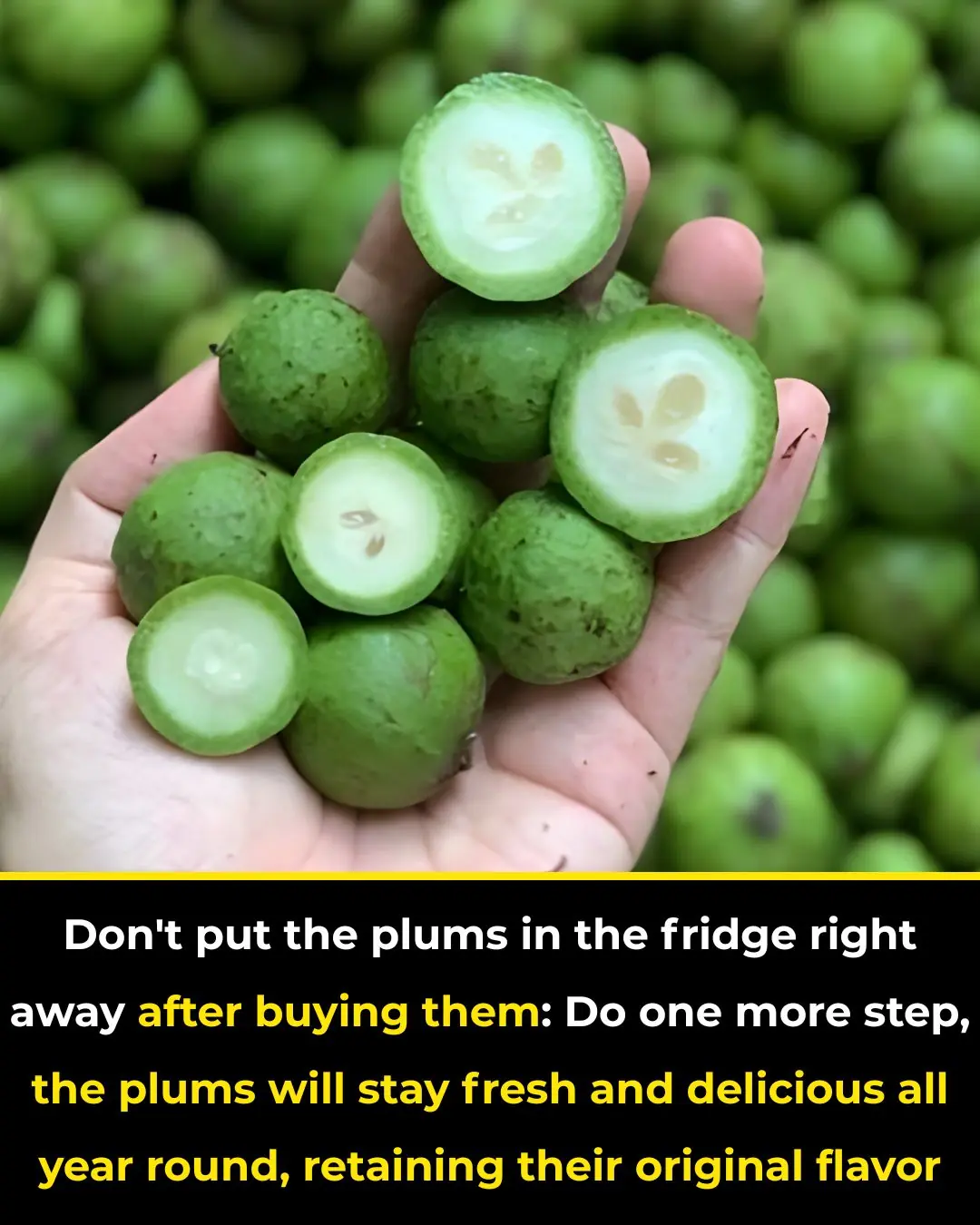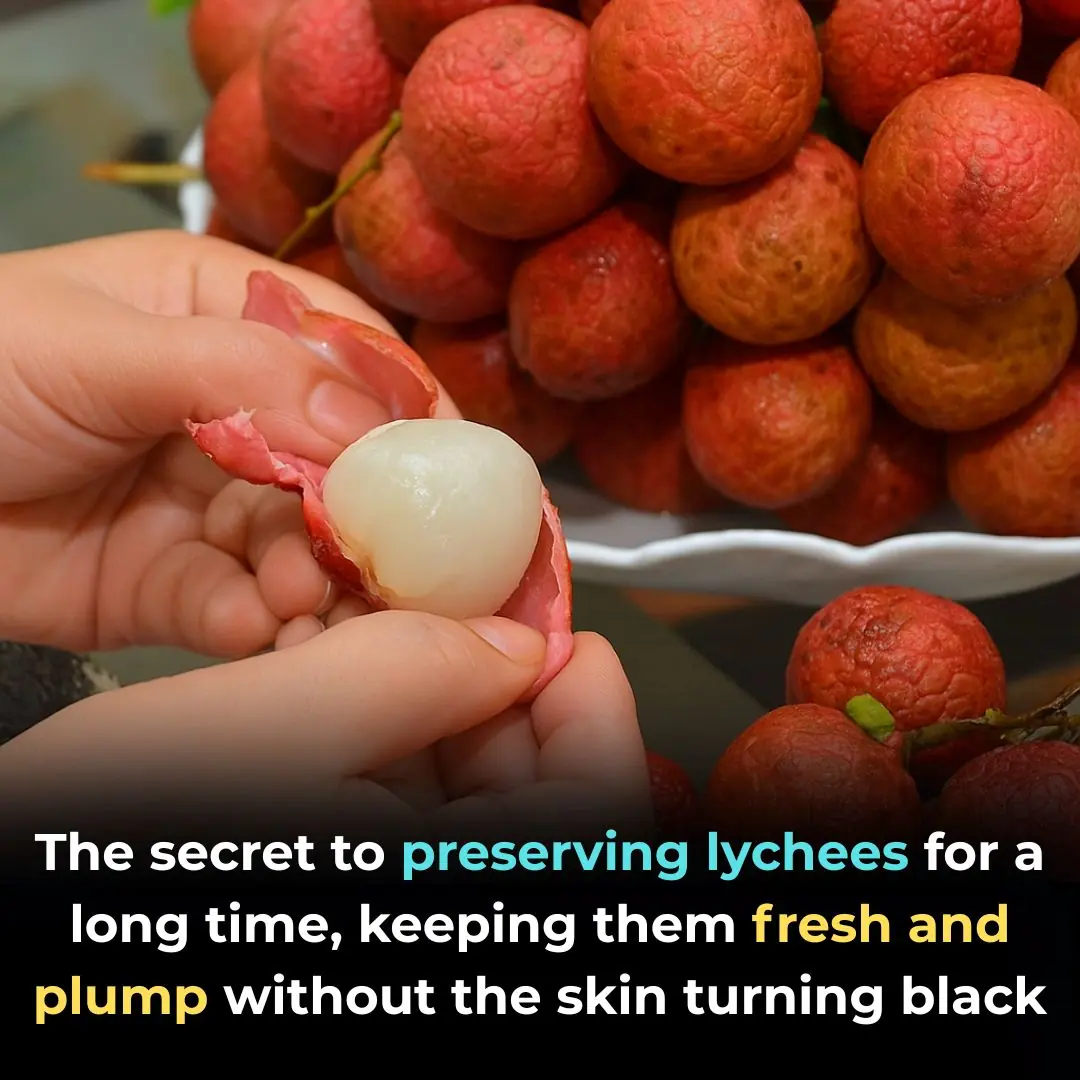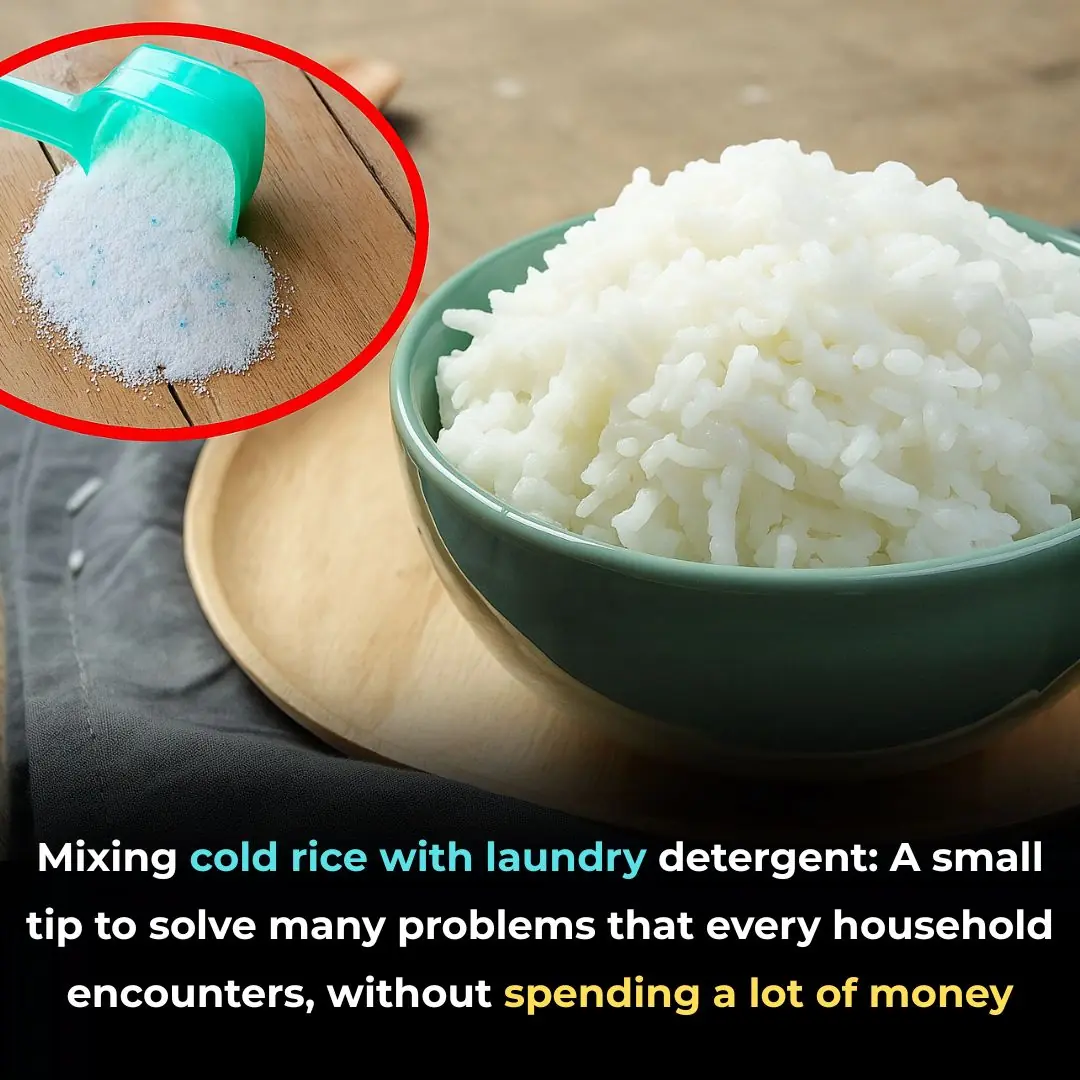
Tips for choosing ripe, firm watermelons with bright red flesh, sweet and paper-thin flesh

Tips for Choosing a Sweet and Juicy Watermelon
Watermelon is one of the most popular and refreshing fruits to enjoy during the summer. Its sweet flavor and high water content make it a perfect choice for cooling down on hot days. However, not every watermelon you pick at the market will taste equally delicious. Here are some practical tips to help you select the perfect sweet and juicy watermelon every time.
1. Check the Field Spot (Ground Patch)
The first thing you should look at is the field spot — the area where the watermelon rested on the ground while it grew. A ripe watermelon will have a creamy yellow to deep golden-yellow field spot. This color indicates that the fruit had enough time to mature in the sun.
If the spot is white or very pale, it means the melon was picked too early and is still unripe. Such watermelons usually have thick rinds and bland flesh, lacking the sweetness you’re looking for.
2. Tap the Watermelon to Test Its Ripeness
This is one of the oldest and most trusted methods. Simply give the watermelon a few gentle taps. If it produces a deep, hollow, and resonant sound—like a drum—it’s likely ripe and full of water.
If the sound is dull or heavy, it’s probably under-ripe or overripe. Experienced fruit sellers often rely on this method to judge ripeness without even cutting the fruit.
3. Look for Sugar Spots or Brown Webbing
Many people mistake brown patches or sugar spots for imperfections, but these markings are actually a good sign. They indicate that bees pollinated the flower multiple times, allowing the fruit to develop more sweetness. The more sugar spots you see (in moderation), the sweeter the watermelon tends to be.
4. Observe the Shape of the Watermelon
While some believe rounder watermelons are “female” and sweeter, and longer ones are “male” with more water, this isn’t entirely accurate—it depends mostly on the variety.
However, in general, slightly elongated melons tend to be juicier and have a crisper texture, while rounder ones may taste a bit milder. When in doubt, choose a melon that feels evenly shaped, symmetrical, and free from dents or irregular bumps.
5. Consider the Size and Weight
Don’t just go for the biggest or the smallest fruit. Medium-sized watermelons—usually between 1.5 to 3 kilograms—often have the best flavor and texture.
Also, pick up the fruit and feel its weight. A ripe watermelon should feel heavy for its size because it’s filled with water and juice. If it feels lighter than expected, it may be dry or underripe inside.
6. Examine the Stem (the Vine End)
The stem can tell you a lot about the fruit’s maturity. Choose watermelons with a dried, slightly curled brown stem—this shows the fruit ripened naturally before harvest.
If the stem is still green and firm, the watermelon was likely picked too early and may not be sweet yet. Freshly harvested melons have green stems, but letting them sit a few days until the stem dries out will help the sweetness develop further.
7. Check the Navel or “Belly Button”
Flip the watermelon and look at its bottom center, also called the navel or blossom end. A small, tight navel means the rind is thinner and the flesh inside is typically juicier and sweeter.
On the other hand, a large navel or one that bulges outward usually belongs to a watermelon with a thick rind and more seeds, resulting in a less flavorful fruit.
Extra Tip: Avoid Shiny Watermelons
A dull, matte rind is often a good indicator of ripeness. Watermelons that look very shiny are usually underripe, as their skin hasn’t fully developed yet.
By paying attention to these small but important details, you’ll greatly increase your chances of picking the perfect watermelon — one that’s sweet, crisp, and bursting with refreshing flavor. The next time you’re at the market, remember these tips and you’ll never bring home a bland melon again!
News in the same category


The house is full of dust even though you clean it regularly. Apply these 3 tips and the house will be clean even without cleaning it for a week.

Don't put the plums in the fridge right away after buying them: Do one more step, the plums will stay fresh and delicious all year round, retaining their original flavor.

When filling up gas, don't be foolish enough to say "full tank" or "50k", there are 6 smart ways to save a lot more

Dirty fan without removing the frame or using water: Do this to clean and shine the fan

You can keep your floor clean all week without mopping thanks to these 4 great tips that very few people know about.

How to wash and condition hair with beer to reduce hair loss and stimulate new hair growth

Don’t Clean Your Rice Cooker with Plain Water: Use This Method to Make It Sparkling Clean in Just 5 Minutes

If you find a roll of toilet paper in your fridge, you had better know what it means

What Your Favorite Pie Says About You

Pick One Shoe to Reveal the Kind of Woman You Truly Are

🏠 Indoor Air Quality: 6 Common Household Items That May Affect Your Lungs — And How to Use Them Safely

Put This in Your House for 1 Hour, and You Will Never See Flies, Mosquitoes, or Cockroaches Again.

Put socks on top of the air conditioner: Small thing, big benefits, especially on peak hot days

Black dirty tile grooves, use this method to clean in just a few minutes, saving scrubbing effort

The secret to preserving lychees for a long time, keeping them fresh and plump without the skin turning black

Mixing cold rice with laundry detergent: A small tip to solve many problems that every household encounters, without spending a lot of money

Desiccant packets have 8 special uses. If you throw them away, it's like throwing money out the window.

How to deodorize bathroom and toilet extremely effectively
News Post

Warning Signs of Poor Blood Circulation You Can’t Afford to Miss

Eat THIS Daily to Keep Your Arteries Clean and Your Heart Healthy

LeBron James Makes History as First Professional Male Athlete to Receive a Barbie

This Dad Did The Sweetest Thing When His Daughter Got Stage Fright During Her Ballet Performance

Dates: The Single Food for Heart Attack, Hypertension, Stroke, and Cholesterol

Drink This 1 Cup to Improve Blood Flow and Circulation in Your Legs & Feet

Squeeze a few drops of lemon into the eggs before frying them in the pan. Unexpected benefits that not everyone knows.

The house is full of dust even though you clean it regularly. Apply these 3 tips and the house will be clean even without cleaning it for a week.

Doctor Reveals 5 Powerful Snacks That Help Your Body Fight Cancer and Disease

Don't put the plums in the fridge right away after buying them: Do one more step, the plums will stay fresh and delicious all year round, retaining their original flavor.

When filling up gas, don't be foolish enough to say "full tank" or "50k", there are 6 smart ways to save a lot more

The 3:3:10 Method: 3 Exercises to Improve Leg Circulation

Dirty fan without removing the frame or using water: Do this to clean and shine the fan

You can keep your floor clean all week without mopping thanks to these 4 great tips that very few people know about.

How to wash and condition hair with beer to reduce hair loss and stimulate new hair growth

This Family Bought The Land Their Ancestors Picked Cotton On And Hosted An Unforgettable Holiday Gathering

Showering with Your Partner

The Night a Stranger Saved Me and My Daughters.
